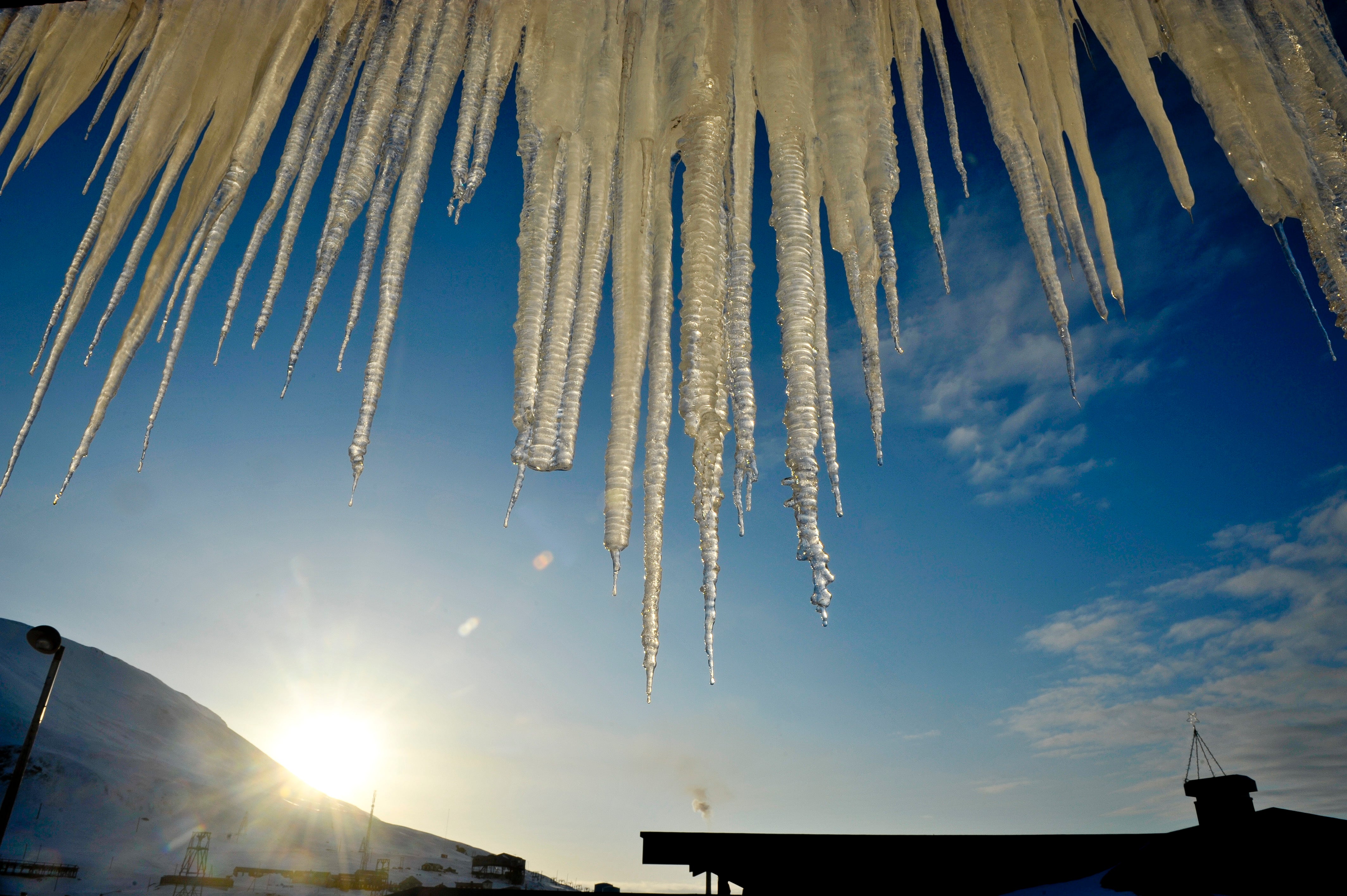38C logged in Siberia last year confirmed as record temperature for Arctic
The reading was recorded in the Russian town of Verkhoyansk on June 20.

Your support helps us to tell the story
From reproductive rights to climate change to Big Tech, The Independent is on the ground when the story is developing. Whether it's investigating the financials of Elon Musk's pro-Trump PAC or producing our latest documentary, 'The A Word', which shines a light on the American women fighting for reproductive rights, we know how important it is to parse out the facts from the messaging.
At such a critical moment in US history, we need reporters on the ground. Your donation allows us to keep sending journalists to speak to both sides of the story.
The Independent is trusted by Americans across the entire political spectrum. And unlike many other quality news outlets, we choose not to lock Americans out of our reporting and analysis with paywalls. We believe quality journalism should be available to everyone, paid for by those who can afford it.
Your support makes all the difference.A temperature of 38C in Siberia during a heatwave in summer 2020 has been recognised as a record for the Arctic experts said.
The temperature was recorded at a meteorological observation station in the Russian town of Verkhoyansk on June 20 2020, and has been recognised as a record by the World Meteorological Organisation (WMO).
The WMO said the temperature, more befitting the Mediterranean than the poles, came during conditions which averaged as much as 10C above normal for much of the summer over Arctic Siberia.
The heatwave fuelled devastating fires, drove massive sea loss and played a major role in 2020 being one of the three hottest years on record, the UN weather and climate body said.
This new Arctic record is one of a series of observations reported to the WMO Archive of Weather and Climate Extremes that sound the alarm bells about our changing climate
The Arctic is seeing extreme temperatures and is warming at a rate more than twice the global average, prompting the WMO to create a new category in its “archive of weather and climate extremes” for highest recorded temperature at or north of 66.5 degrees latitude – the Arctic Circle
To confirm the 38C (100.4F) seen in June 2020 was a record for the region, a committee of experts determined the measurements from Verkhoyansk were consistent with surrounding stations and with weather conditions and the equipment was verified by national authorities.
Historical research from national records of Arctic countries including Canada also found there were no known temperatures of 38C or above at any location in the Arctic Circle, the WMO said.
WMO secretary-general Petteri Taalas said: “This new Arctic record is one of a series of observations reported to the WMO Archive of Weather and Climate Extremes that sound the alarm bells about our changing climate.”
Last year also saw a new temperature record for the Antarctic continent of 18.3C at Argentina’s Esperanza station, while the WMO is seeking to verify readings of 54.4C in 2020 and 2021 in Death Valley, California.
The organisation is also seeking to validate a reported record for Europe in Sicily, which saw the thermometer climb to 48.8C this summer.
Prof Taalas added: “The WMO Archive of Weather and Climate Extremes has never had so many ongoing simultaneous investigations.”